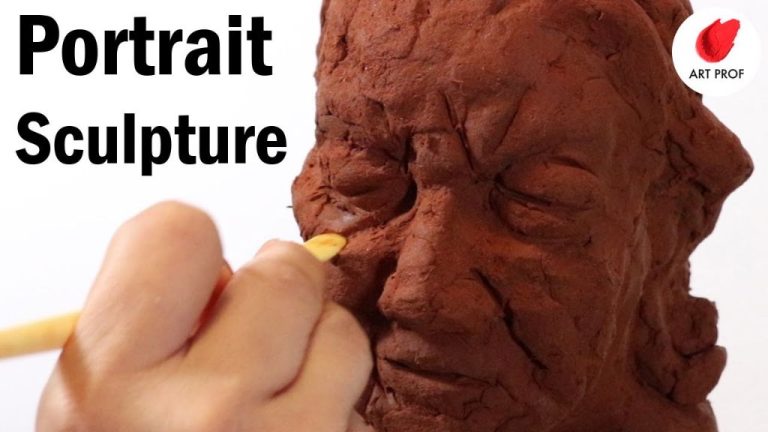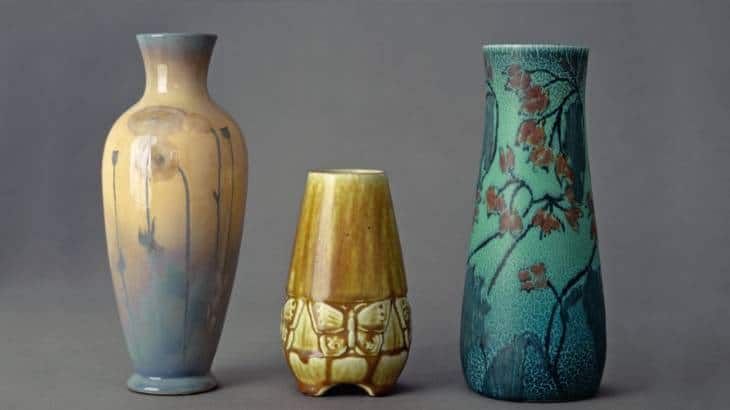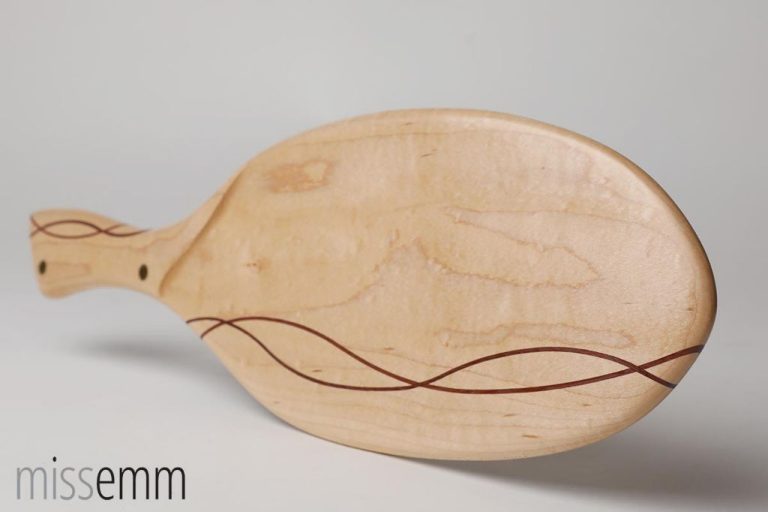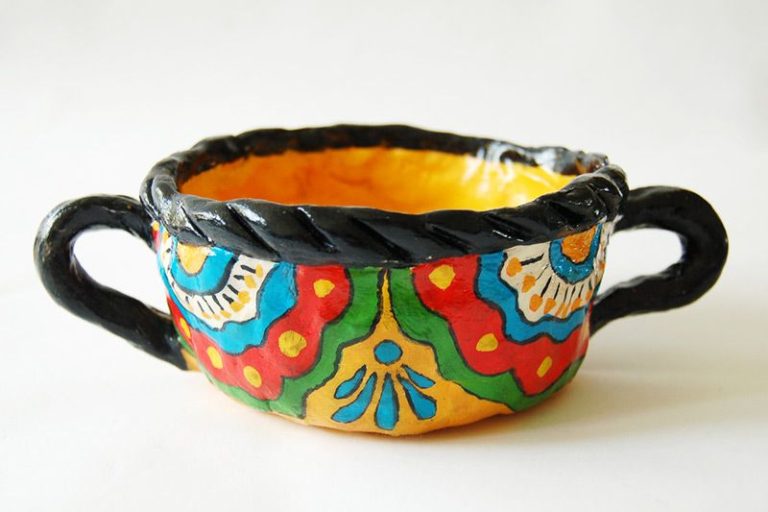Do Potters Wear Aprons?
Pottery is one of the oldest known crafts, dating back over 20,000 years to when early humans began storing, carrying, and cooking food using hand-built containers. Over the millennia, pottery evolved from a basic necessity into a highly developed artform. Across cultures worldwide, ceramic arts reflect local customs, traditions, styles, and innovations. Today, pottery remains an important and beloved craft that connects us to our past while allowing for boundless creativity and self-expression.
Potters require specialized tools, equipment, and apparel to practice their craft safely and effectively. An essential garment worn by many potters is the pottery apron, which protects the artist’s clothing from water, clay, glazes, and other pottery materials. This article will provide an overview of pottery aprons – their history and evolution, common styles and designs, intended uses, and care recommendations.
The Purpose of Aprons for Potters
Aprons serve an important functional purpose for potters – to protect their clothes from stains while throwing clay on the wheel or handbuilding. Wet clay can easily stain clothing, and clay stains can be difficult to remove. Aprons provide a protective barrier between the clay and the potter’s clothes underneath (source). Depending on the material, a pottery apron can be easily washed to remove clay residue after use.
An apron also helps keep clothes dry while working with wet clay. Splashing and spills are common when throwing on the wheel, so an apron prevents the potter’s clothing from getting soaked. Staying dry allows potters to focus on their work rather than discomfort from damp clothing (source).
In summary, pottery aprons are a functional necessity to protect clothes, keep potters clean and dry, and allow them to work comfortably with clay.
Types of Pottery Aprons
Potters have several options when it comes to selecting an apron material. Three of the most common types of pottery aprons are made from canvas, leather, and cotton.
Canvas aprons are a popular choice as they are durable and withstand messes well. The thick fabric protects the potter’s clothes from water, clay, and glazes. Canvas has a stiff texture that provides an extra barrier between the artist’s body and their work (https://www.marianwilliamspottery.com/2022/07/31/how-to-make-a-great-pottery-apron/).
Leather aprons are also common in pottery studios because they are extremely sturdy and long-lasting. The thick hide protects against splashes and stains. Leather tends to be more expensive than other materials but makes up for it in durability (https://commongoodspottery.ca/products/pottery-apron).
Cotton aprons are lightweight and breathable. The soft, absorbent fabric soaks up moisture and dries quickly. Cotton aprons come in a wide variety of colors and patterns, allowing potters to express their personal styles. However, cotton lacks the protective barrier of heavier materials like canvas and leather.
Aprons Throughout History
Aprons have been used throughout history for functional and decorative purposes. There is evidence of aprons being used as early as ancient Mesopotamia around 3000 BC. Ancient Egyptian art from 1500 BC depicts both men and women wearing aprons. In ancient Greece and Rome, aprons were seen as protective garments and a symbol of domestic service. During the Middle Ages in Europe, aprons became more ornate and decorated, worn by all classes and trades.
Aprons became especially popular during the Victorian era in the 19th century, when they were viewed as a sign of domesticity and femininity. Many mass-produced aprons were printed with kitchen themes like pots, toasters, or spoons. Homemade aprons were also very popular at the time, often featuring delicate embroidery and lace details (https://www.backthenhistory.com/articles/the-history-of-aprons, “The History of Aprons,” Back Then History, 2021).
Today, while aprons are still commonly used for cooking and cleaning, they have also taken on more fashionable and decorative roles. Vintage-inspired aprons with retro prints and fabrics have become popular again. Aprons are now viewed by many as a fun accessory that allows people to express their personal style.
Style and Design
When it comes to pottery aprons, style and design are key considerations for many potters. Aprons come in a wide variety of patterns, fits, and lengths to suit different needs and preferences.
Patterns range from solid colors to fun, funky prints. Many potters like to express their personality through fun printed aprons with motifs like flowers, animals, abstract designs, and more. Patterned aprons can also help hide clay stains over time.
Fit and coverage are also important. Aprons need to fit properly so they don’t get in the way while throwing or handbuilding. They should cover the torso, lap, and upper legs. Some potters prefer a more form-fitting style, while others like a looser fit for more coverage and freedom of movement. Bib aprons provide additional chest protection.
Aprons also come in varying lengths. Shorter aprons ending around the mid-thigh offer mobility while still protecting clothes. Longer aprons going to the ankle provide maximum protection from splashes. Split leg aprons are another popular style, with each leg individually wrapped for full leg coverage.
With the range of options, potters can find an apron with the perfect mix of style, comfort, and functionality to meet their needs in the studio.
Specialty Aprons
Potters often need aprons with special features to protect against the unique hazards of working with clay and glazes. Two key features of specialty pottery aprons are heat resistance and waterproofing.
Heat-resistant aprons provide an extra layer of protection when working near kilns or with freshly fired pottery. Fabrics like leather or Kevlar are naturally heat-resistant, while materials like cotton or polyester can be chemically treated to improve their heat tolerance. Thicker fabrics also tend to be more heat-resistant. Some potters invest in aprons made entirely from fire-retardant materials to shield themselves when handling extremely hot pieces.
Waterproof pottery aprons guard against splashes and spills of water, slip, and glaze. Vinyl, silicone, and waxed cotton are examples of waterproof fabrics. An apron with a waterproof bib helps keep the potter’s chest and lap dry. Waterproofing is also important when cleaning clay-covered tools and surfaces. Specialty aprons designed for messier pottery tasks allow potters to work freely without ruining their clothes.
Sources: https://www.portlandaproncompany.com/collections/pottery-aprons, https://www.etsy.com/market/pottery_apron
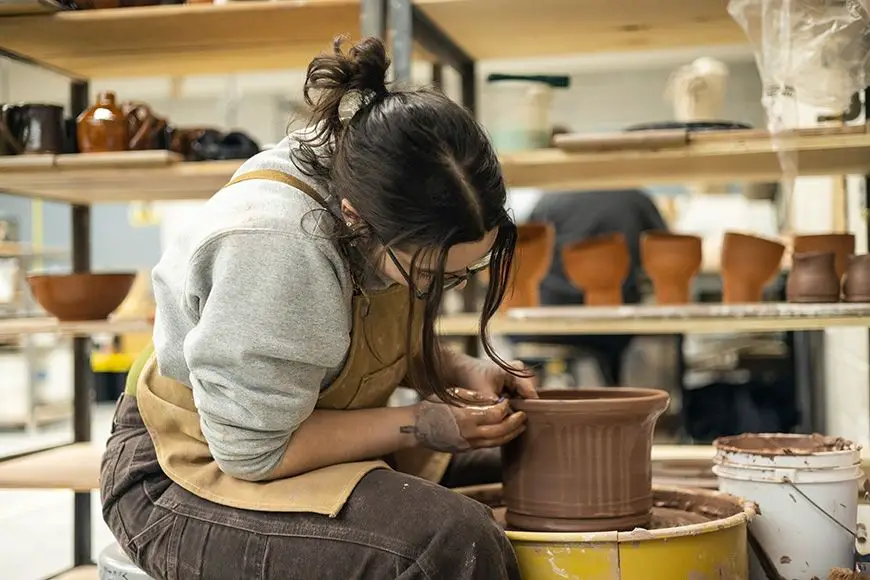
Aprons for Different Techniques
Potters use different aprons depending on the technique they are working on. The three main techniques that require specific apron features are wheel throwing, sculpting, and glazing.
For wheel throwing, potters need an apron that provides flexibility and range of motion while still protecting their clothes from water and clay splatter. According to The Studio Manager, a split leg apron works well for throwing as it allows potters to sit at the wheel comfortably (source). An adjustable neck strap and ties around the waist help secure the apron while throwing.
Sculpting requires an apron that can withstand contact with wet clay for extended periods. Jane Street Clayworks recommends a heavy cotton twill apron for sculpting, as it is durable and washable (source). An apron with coverage around the sides helps protect clothes from clay while sculpting.
Glazing aprons need to be water-resistant to protect from drips and spills. Marian Williams Pottery suggests a vinyl or plastic apron works well for glazing (https://www.marianwilliamspottery.com/2019/03/05/pottery-aprons-keeping-it-clean/). Look for an apron with full chest coverage and tie straps to keep it securely in place when glazing.
Aprons for Different Materials
Potters work with a variety of materials that require different types of protection. The two main types of clay used in pottery are earthenware and stoneware. Earthenware contains lower levels of silica and feldspar, making it more porous and prone to chipping. Stoneware has higher silica content, resulting in a denser, more durable material once fired.
Working with earthenware requires an apron that provides padding and protection, like a quilted or canvas apron. The apron should fully cover the chest and lap to prevent clay chips and dust from getting on clothes. An example is the Echo Claypron, a heavyweight canvas apron designed specifically for messier earthenware projects.
Stoneware is less prone to chipping but can still stain clothes when wet. A lighter-weight apron like a nylon or polyester split-leg apron provides adequate protection. The Blick Split Leg Apron is a basic and affordable option. Having legs exposed also allows more mobility when working at a pottery wheel.
When applying glazes and finishes, a waterproof apron ensures these messy liquids don’t soak through the fabric. Waxed canvas or vinyl aprons provide an impermeable barrier while working with glazes. An apron like the Blick Studio Waterproof Apron can be wiped clean after use.
Consider the types of materials being used when selecting an apron. A versatile option is a layered apron, with a waterproof outer layer that can be worn over more protective interior layers as needed.
Caring for Pottery Aprons
Washing and stain removal are important aspects of caring for pottery aprons. Aprons collect clay residue, water stains, and other marks from the pottery process. Proper washing helps maintain aprons and extend their lifespan.
It’s recommended to rinse aprons thoroughly after use to remove wet clay particles. One potter advises spraying the apron down over a bin to catch the clay, and then hang drying before washing (Source). Allowing aprons to drip dry prevents clay from setting into the fibers.
For washing, gentle cycles with cold water work best. Hot water can set in stains. Adding aprons to a regular wash cycle with jeans can help brush off dried clay pieces (Source). Avoid bleach or other harsh detergents that may degrade fabric.
For tough stains, pre-treating with a stain remover or washing separately may be necessary. Avoid overly scrubbing stains as that can damage fabrics. With proper care, aprons can last for years of pottery use.
Conclusion
In summary, aprons serve several important functions for potters. They protect the potter’s clothes from water, clay, and glazes while throwing on the wheel or handbuilding pieces. Aprons come in many styles, from simple canvas to decorative patterns, allowing potters to express their personality. The most common styles are full-length, to the knee, and split leg aprons, which provide optimal coverage and range of motion when working at the wheel. Specialty aprons have also been developed over time for specific techniques like raku firing or handling large works. Aprons can be designed for durability and easy cleaning with materials like rubber, cotton canvas, or leather. A potter’s apron is an essential tool that potters have relied on for centuries to keep clean and comfortable while creating their art. Having a thoughtfully designed apron that fits well makes potting more enjoyable and carefree.

